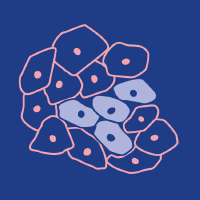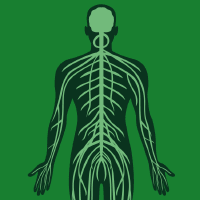Topic Menu
► Topic MenuTopic Editors


Animal Model in Biomedical Research, 2nd Volume
Topic Information
Dear Colleagues,
Animals have long been used in biomedical research to find solutions to biological and medical issues. Laboratory animal models developed for the study of human diseases have contributed to improving human health by helping scientists better understand disease physiopathology and thus more accurately identify molecular targets of drug treatment, and more model varieties are still being developed today. Therefore, this Special Issue will highlight articles on all types of in vivo studies with animal models, including those concerning genetics, behaviours, diseases models, and bioinformatics. Additionally, we welcome submissions focusing on the physiopathology of diseases, molecular mechanisms, and actions of biologically active compounds in animal disease models.
Prof. Dr. Marc Ekker
Dr. Dong Kwon Yang
Topic Editors
Keywords
- animal models
- in vivo study
- genetics
- bioactive compounds
- disease model
- preclinical compounds testing
Participating Journals
| Journal Name | Impact Factor | CiteScore | Launched Year | First Decision (median) | APC |
|---|---|---|---|---|---|

Biomedicines
|
4.7 | 3.7 | 2013 | 15.4 Days | CHF 2600 |

Cancers
|
5.2 | 7.4 | 2009 | 17.9 Days | CHF 2900 |

Neurology International
|
3.0 | 2.2 | 2009 | 23.3 Days | CHF 1600 |

Pharmaceutics
|
5.4 | 6.9 | 2009 | 14.2 Days | CHF 2900 |

MDPI Topics is cooperating with Preprints.org and has built a direct connection between MDPI journals and Preprints.org. Authors are encouraged to enjoy the benefits by posting a preprint at Preprints.org prior to publication:
- Immediately share your ideas ahead of publication and establish your research priority;
- Protect your idea from being stolen with this time-stamped preprint article;
- Enhance the exposure and impact of your research;
- Receive feedback from your peers in advance;
- Have it indexed in Web of Science (Preprint Citation Index), Google Scholar, Crossref, SHARE, PrePubMed, Scilit and Europe PMC.
Related Topic
- Animal Model in Biomedical Research (63 articles)

